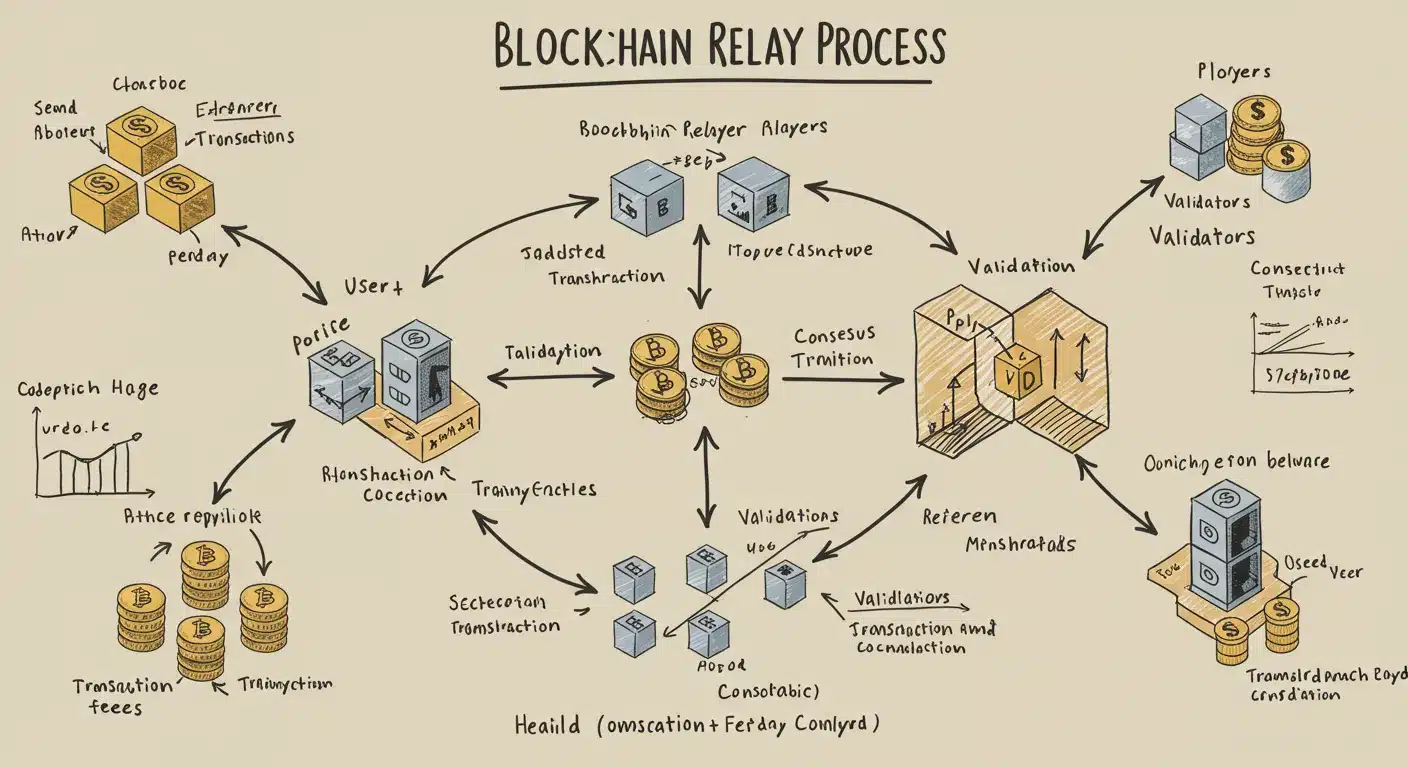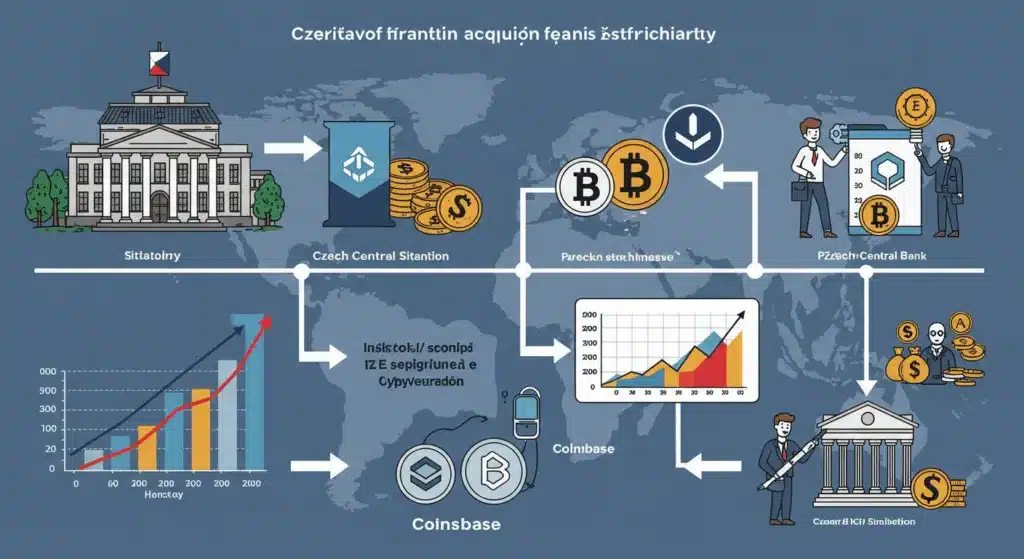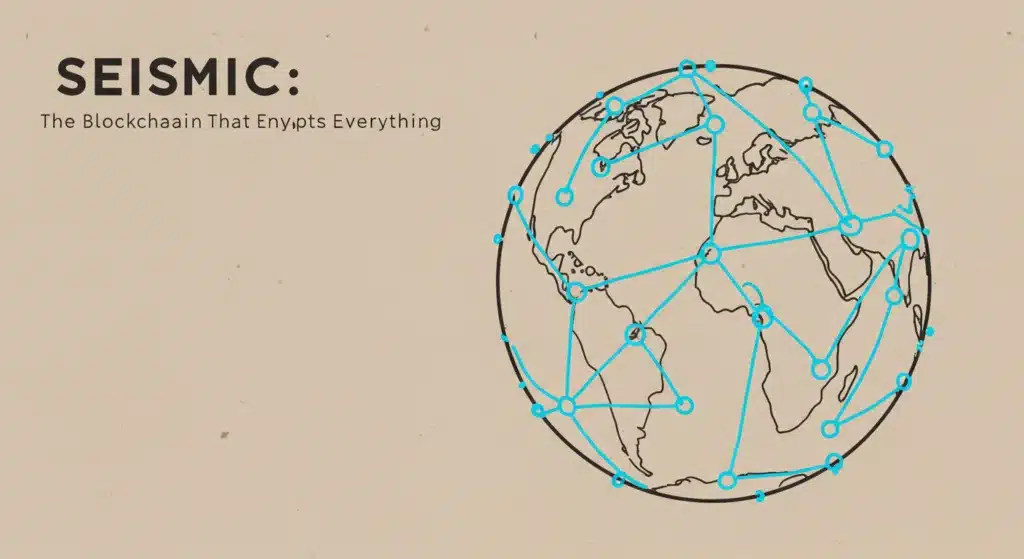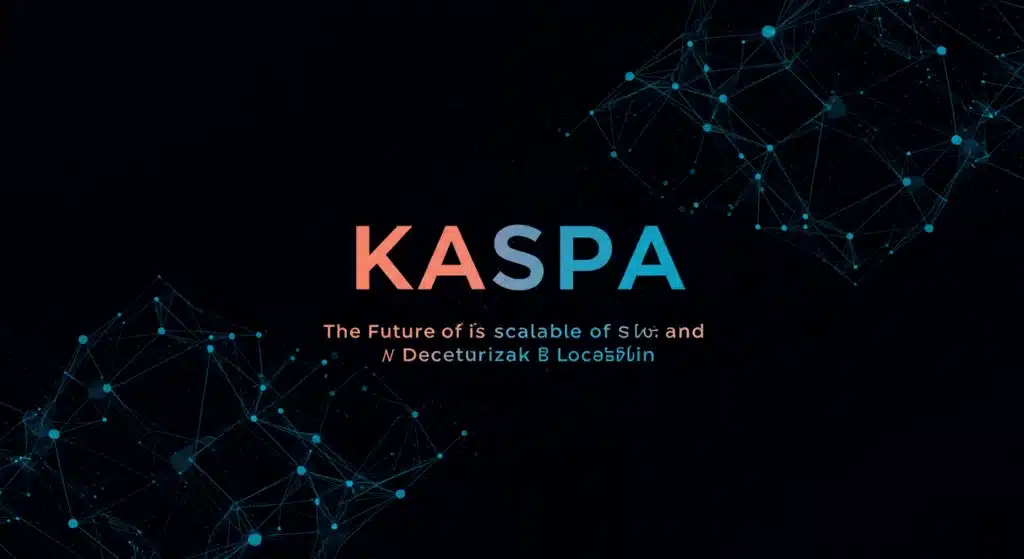Introduction
Have you ever wondered how different blockchains “talk” to each other — securely, quickly, and without losing data? In a world filled with popular blockchains like Ethereum, Binance Smart Chain, Solana, and Polygon, the need for cross-chain communication has become critical. But here’s the thing: blockchains were never designed to connect with each other. That’s where blockchain relayers come in — and understanding how blockchain relayers work is key to unlocking the full potential of Web3.
Relayers act like digital messengers or bridges, securely delivering information and assets between two or more separate blockchain networks. Without relayers, blockchains would stay isolated, unable to share data or process transactions across different chains. This isolation would mean limited functionality for decentralized apps (dApps), restricted token movement, and a slower, more expensive user experience. But thanks to relayers, you can swap tokens across chains, play blockchain games on different networks, and access DeFi tools without even noticing what’s happening in the background.
So, how exactly do relayers function in blockchain ecosystems? They collect messages from one blockchain, verify them, and then relay them to another chain — often using smart contracts and automated scripts. This process helps reduce gas fees, speeds up transactions, and increases trust and efficiency across networks. By learning how relayer systems in blockchain work, you’ll gain insight into one of the most important technologies driving the future of Web3.
In this article, we’ll explore how blockchain relayers work, what problems they solve, the technology behind them, and how they impact everything from DeFi to NFTs. Whether you’re a crypto enthusiast or a builder in the Web3 space, this knowledge will help you navigate the multi-chain world with confidence.
Key Takeaways
| Topic | Summary |
|---|---|
| What Are Relayers? | Special tools that help different blockchains share information. |
| Why They Matter | Without relayers, cross-chain apps and services wouldn’t work smoothly. |
| How They Work | They pick up data from one blockchain and deliver it to another. |
| Who Uses Them | DeFi platforms, games, token bridges, and cross-chain tools. |
| Key Benefits | Lower fees, faster transactions, and better blockchain communication. |
| Risks to Watch For | Relayer failures, message tampering, and reliance on trusted setups. |
Let’s Break Down the Idea of Blockchain Relayers
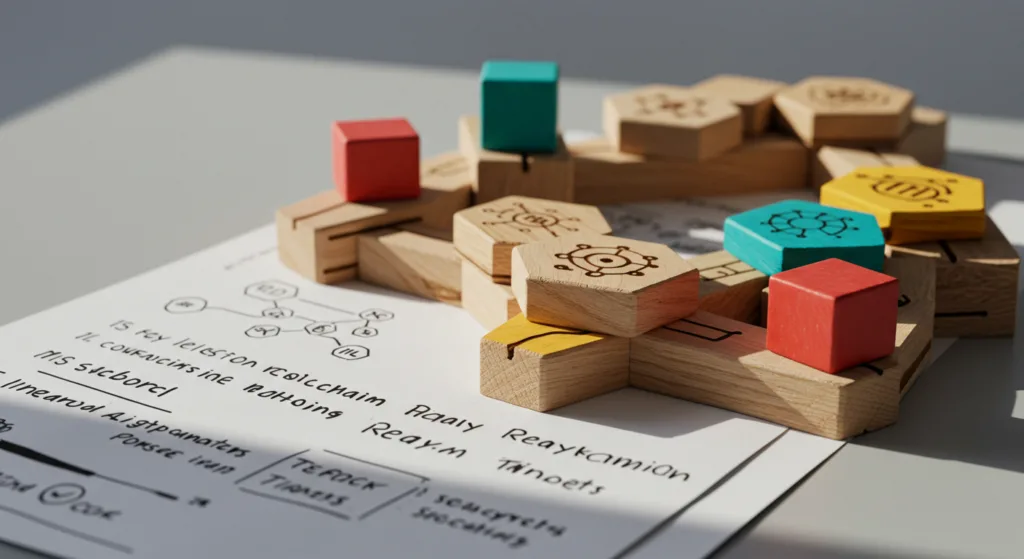
When two people speak different languages, they need a translator to help them communicate. Blockchains are like people speaking different languages, and relayers are the translators. They move verified data from one blockchain to another so that both sides understand each other — no confusion, no errors.
Relayers don’t just pass messages for fun — they’re essential for the interoperability of the blockchain world. Without them, you’d be stuck on one blockchain, unable to use services or apps on others.
Why Are Blockchain Relayers Needed?
Let’s say you want to send a token from Ethereum to Solana. These two blockchains have totally different structures — different rules, different systems, and no built-in way to share data. If you tried to send something directly, it would be like trying to plug an iPhone charger into a Samsung phone — it just doesn’t fit.
Relayers solve this problem. They:
- Watch for messages or transactions on Blockchain A
- Verify everything is correct
- Carry the message securely to Blockchain B
- Make sure Blockchain B acts on that message just like Blockchain A intended
That’s cross-chain communication, and relayers are the bridge of trust and delivery.
How Relayers Actually Work (In Simple Terms)
Think of relayers like postal services for blockchain. You write a letter (data or a transaction), and the relayer delivers it to the other blockchain.
Here’s a basic step-by-step:
- Observation: The relayer watches for a specific event or message on Blockchain A.
- Verification: It checks that the message is valid — no fakes allowed.
- Packaging: It wraps the message in a format that Blockchain B can understand.
- Delivery: It sends the message to Blockchain B.
- Confirmation: Blockchain B receives it, checks it, and acts on it (like releasing a token or updating data).
The goal? Make sure messages arrive exactly as intended, quickly and securely.
Real-World Example: Using Relayers in DeFi
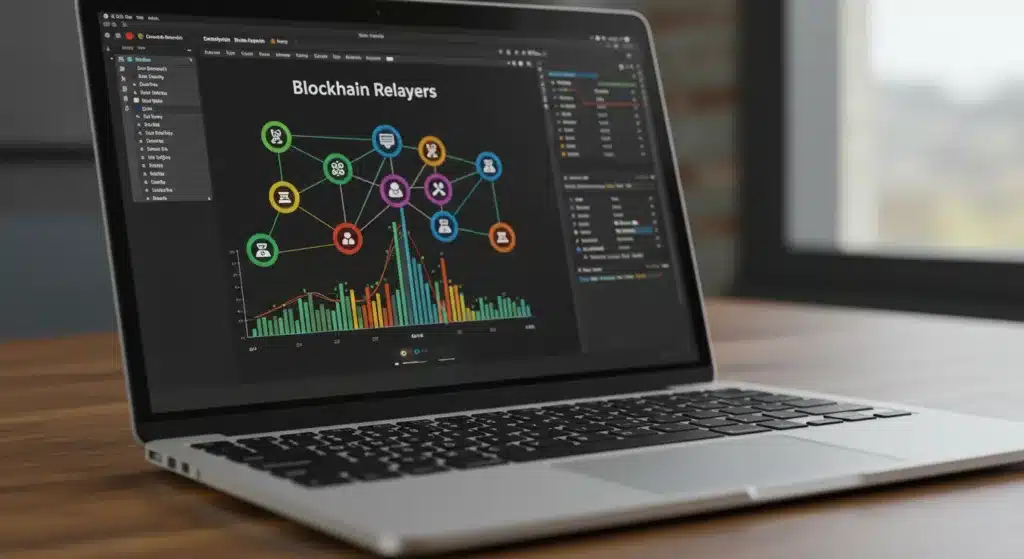
Imagine you’re using a DeFi app that lets you swap tokens between chains. You want to exchange ETH (on Ethereum) for SOL (on Solana). Without relayers, this would require a centralized exchange. With relayers, it’s all done automatically and securely, using smart contracts and the relayer to handle the communication.
Relayers Save You Money: The Gas Fee Angle
You’ve probably heard of gas fees — those annoying charges that come with blockchain transactions. Relayers can reduce gas fees by grouping several transactions together, so instead of paying for each transaction, the network pays once for the whole batch. That’s like paying for a bulk shipping discount instead of sending packages one by one.
Relayer Types: Who Controls Them?
Not all relayers are the same. There are two main kinds:
- Permissioned Relayers: These are controlled by a specific group or company. They’re fast and reliable but require trust in that entity.
- Permissionless Relayers: Open to anyone who wants to run one. They follow clear rules and don’t rely on trust — ideal for decentralized systems.
The Risks: What Could Go Wrong?
Relayers are powerful, but they’re also potential points of failure if not designed well:
- Message Tampering: A weak relayer could change the message before delivering it.
- Downtime: If a relayer goes offline, communication between chains stops.
- Centralization: Some relayers require trust in whoever is running them.
Good systems use redundancy, cryptographic proofs, and economic incentives to keep relayers honest and available.
SEO Title & Metadata
Title: Blockchain Relayers: Connecting Chains Seamlessly
Meta Description: Discover how blockchain relayers enable cross-chain communication, reduce gas fees, and power Web3 interoperability. Learn how they work today.
Meta Keywords: blockchain relayers, cross-chain communication, Web3, reduce gas fees, token swaps, interoperability
FAQs
Q1: Can I run a relayer myself?
Yes, if the network allows permissionless relayers. You’ll need technical knowledge and infrastructure.
Q2: Are relayers only for DeFi?
No. They’re also used in gaming, supply chains, NFTs, and any place cross-chain data is needed.
Q3: Are relayers part of bridges?
Often yes. Many token bridges rely on relayers to handle message passing.
Q4: Do relayers charge fees?
Some do. Others get paid in tokens by the network. Fees help keep them running.
Q5: What makes a good relayer?
High uptime, secure message handling, and quick delivery between chains.
Conclusion:
In the evolving world of blockchain technology, staying stuck on one chain limits what you can do. Relayers open the door to a future where blockchains don’t operate in isolation but work together seamlessly. Whether it’s trading tokens, playing blockchain-based games, or using decentralized apps (dApps) across multiple networks, relayers are the quiet heroes making it happen behind the scenes.
As more people and businesses join Web3, the need for fast, secure, and low-cost communication between blockchains will only grow. Relayers help cut costs, speed up transactions, and build trust between systems that were once completely separate.
If you’re someone using or building in the blockchain space, understanding relayers isn’t just useful — it’s essential. The next time you make a cross-chain swap or interact with a multi-chain app, remember: a relayer is likely working hard to deliver your data safely and quickly.
In short? Relayers = the bridge to a connected blockchain world.


